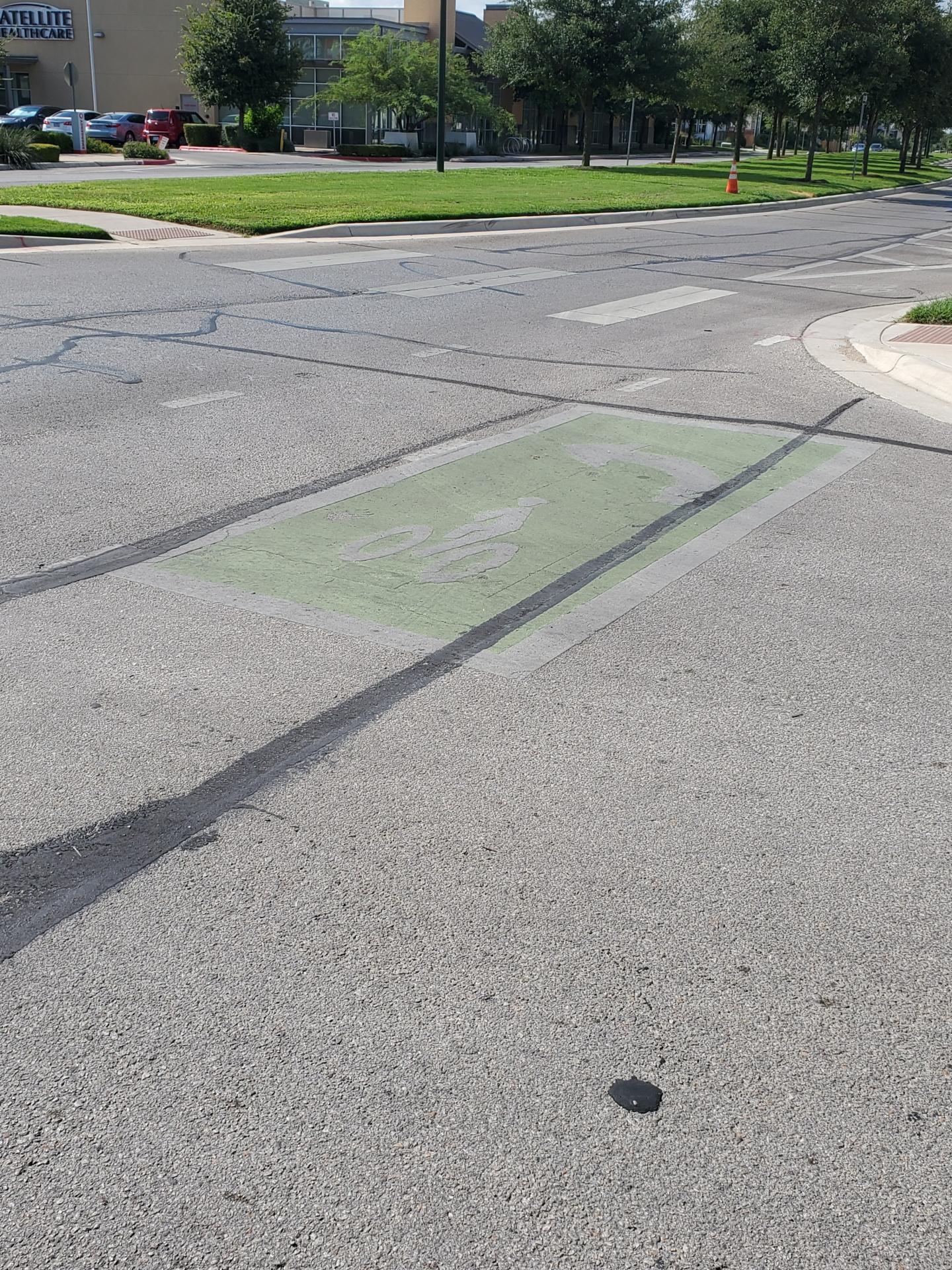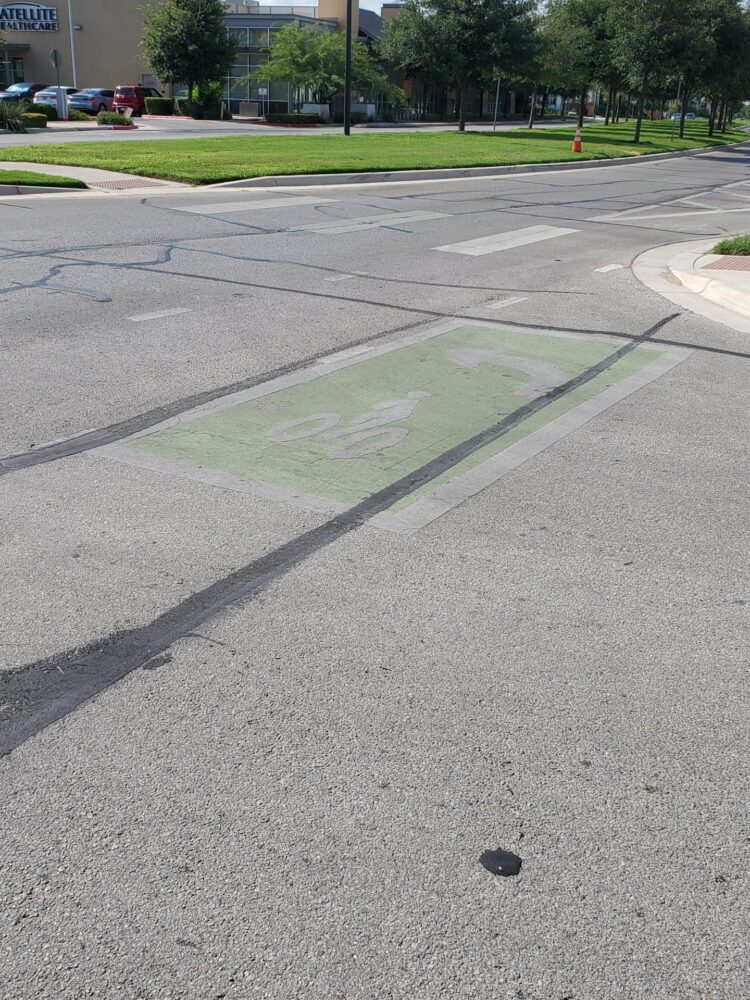
Credit: UT Arlington
A University of Texas at Arlington civil engineer is investigating the effectiveness of implementing green pavement markings to denote where bicyclists have dedicated lanes or share the road with motorists.
This Texas Department of Transportation (TxDOT)-funded research project will examine the use, safety, longevity and performance of the pavement markings, which are painted green to increase their visibility to cyclists, pedestrians and motorists.
Katie Kam, a UT Arlington assistant professor of research, will team with Professor Steve Mattingly, Assistant Professor Kate Hyun and Assistant Professor Taylor Li, all from the Department of Civil Engineering. The $299,695 TxDOT research project is funded through the agency’s Research and Technology Implementation program.
“This is a TxDOT effort to see whether green pavement markings perform well and make cycling safer, thus potentially encouraging more cities to install them and more people to bike,” Kam said. “The study will examine if increasing the visibility of the bike facilities with the green color encourages more biking, which in turn helps cities improve air quality and health outcomes.”
She said TxDOT is also interested in the safety and performance of the materials used for the markings, such as how long they last, their traction and their reflectivity at night.
Kam and her team will first collect information for TxDOT that details which cities have green pavement markings. Current examples outside of Texas can be found in Boston, Chicago, New York City, Salt Lake City, Seattle, and Washington, D.C.
“We already know some cities, like Austin, have incorporated green pavement into bike facilities,” Kam said. “There are other Texas cities that use it, too. We just have to identify who and to what extent.”
In addition, the project calls for interviews within communities with bike lanes and/or green pavement markings.
Mattingly said UTA Boulevard has bike lanes as it intersects with Cooper Street. These could be painted green and the pavement markings extended through the intersection or to a bike box to reserve intersection space for cyclists.
“It could alert drivers to the possible presence of cyclists and indicate their likely location,” Mattingly said.
Ali Abolmaali, chair and professor in UT Arlington’s Civil Engineering Department, said this kind of project shows how the University can work within the confines of what already exists and make recommendations for a better world.
“The number of cars isn’t going away,” Abolmaali said. “We have to do everything we can to access and utilize alternative types of transportation.”
Kam said the study will provide comprehensive guidance for TxDOT and Texas cities regarding the use of green pavement markings. If, after considering cost, safety, and use, the study finds a net benefit for installing green pavement on roadways, cities will have another tool to help encourage more people to use bicycles as a mode of transportation.
Kam said the team will coordinate with the National Association of City Transportation Officials to collect data. Dallas and Fort Worth are members.
###
Media Contact
Herb Booth
[email protected]
Original Source
https:/





